Donate now to support the LLIFLE projects.
Your support is critical to our success.
Your support is critical to our success.
Accepted Scientific Name: Mammillaria saboae subs. haudeana (A.B.Lau & K.Wagner) D.R.Hunt
Mammillaria Postscripts 7: 3 (1998)
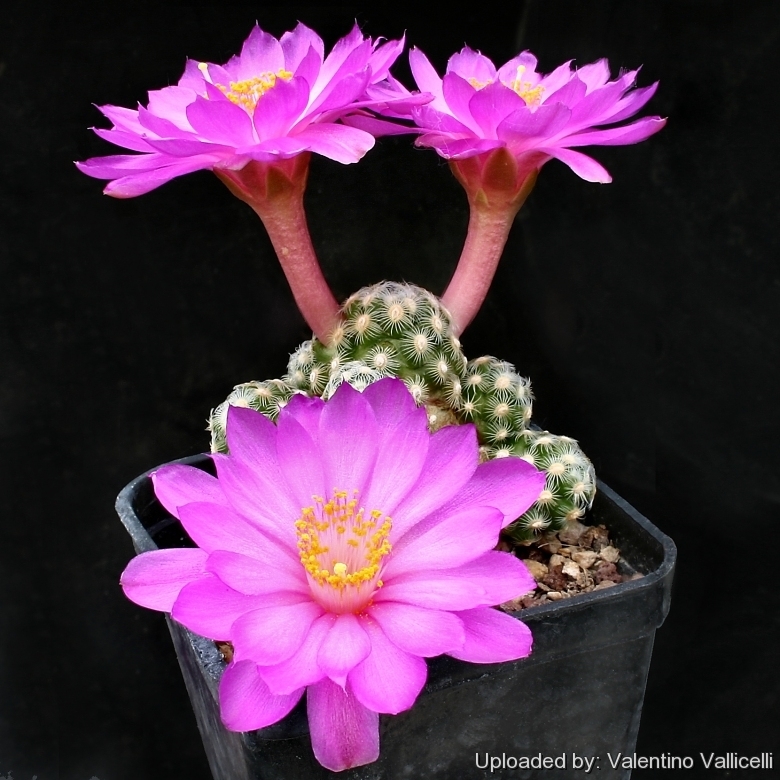
Mammillaria saboae var. haudeana (Mammillaria saboae subs. haudeana) Photo by: Valentino Vallicelli
Synonyms:
- Mammillaria saboae subs. haudeana (A.B.Lau & K.Wagner) D.R.Hunt
- Cochemiea saboae subs. haudeana (A.B.Lau & K.Wagner) Doweld
- Mammillaria haudeana A.B.Lau & K.Wagner
- Mammillaria saboae var. haudeana (A.B.Lau & K.Wagner) Glass & R.A.Foster
- Mammillaria saboae f. haudeana (A.B.Lau & K.Wagner) D.R.Hunt
See all synonyms of Mammillaria saboae
back
Accepted name in llifle Database:Mammillaria saboae Glass
Cact. Suc. Mex. 11: 55 (figs. 23-25). 1966
Synonymy: 2
- Mammillaria saboae Glass
- Cochemiea saboae (Glass) Doweld
Mammillaria saboae subs. goldii (Glass & R.A.Foster) D.R.Hunt
Mammillaria Postscripts 6: 5 (1997)
Synonymy: 4
- Mammillaria saboae subs. goldii (Glass & R.A.Foster) D.R.Hunt
- Cochemiea saboae subs. goldii (Glass & R.A.Foster) Doweld
- Mammillaria goldii Glass & R.A.Foster
- Mammillaria saboae var. goldii (Glass & R.A.Foster) Glass & R.A.Foster
Mammillaria saboae subs. haudeana (A.B.Lau & K.Wagner) D.R.Hunt
Mammillaria Postscripts 7: 3 (1998)
Synonymy: 5
- Mammillaria saboae subs. haudeana (A.B.Lau & K.Wagner) D.R.Hunt
- Cochemiea saboae subs. haudeana (A.B.Lau & K.Wagner) Doweld
- Mammillaria haudeana A.B.Lau & K.Wagner
- Mammillaria saboae var. haudeana (A.B.Lau & K.Wagner) Glass & R.A.Foster
- Mammillaria saboae f. haudeana (A.B.Lau & K.Wagner) D.R.Hunt
Mammillaria saboae subs. roczekii W.Rischer & Wolfg.Krüger
Mitt. Arbeitskreises Mammillaria 27(2): 50 (-51). 2003
back
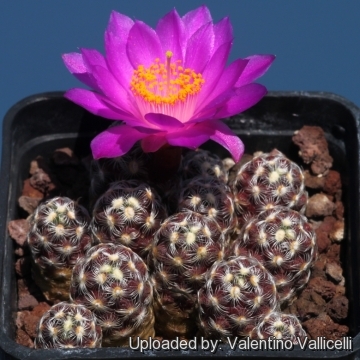
Mammillaria saboae var. haudeana (Mammillaria saboae subs. haudeana) Photo by: Valentino Vallicelli
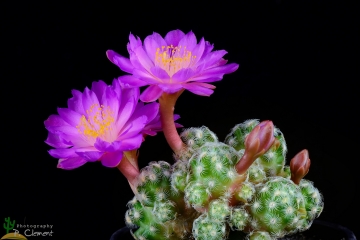
Mammillaria saboae var. haudeana (Mammillaria saboae subs. haudeana) Photo by: Peiffer Clement
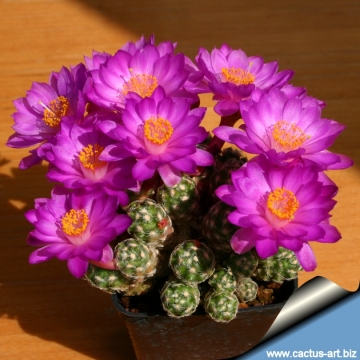
Mammillaria saboae var. haudeana (Mammillaria saboae subs. haudeana) Photo by: Cactus Art
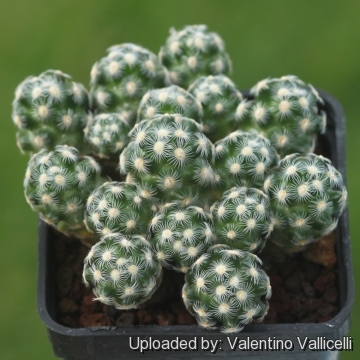
Mammillaria saboae var. haudeana (Mammillaria saboae subs. haudeana) Photo by: Valentino Vallicelli
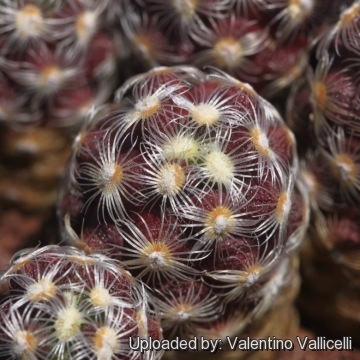
Mammillaria saboae var. haudeana (Mammillaria saboae subs. haudeana) Photo by: Valentino Vallicelli
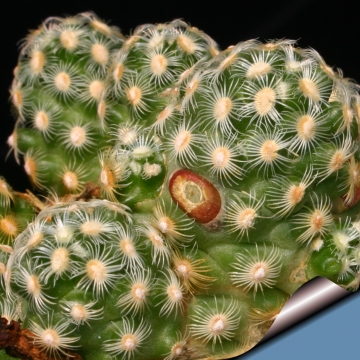
Mammillaria saboae var. haudeana (Mammillaria saboae subs. haudeana) Photo by: Cactus Art

Mammillaria saboae var. haudeana (Mammillaria saboae subs. haudeana) Photo by: Valentino Vallicelli
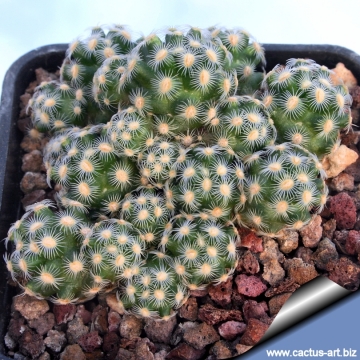
Mammillaria saboae var. haudeana (Mammillaria saboae subs. haudeana) Photo by: Cactus Art
| Your Actions | |
|---|---|
| Back to Mammillaria index | |
| Back to Cactaceae index | |
 |
Back to Cacti Encyclopedia index |









